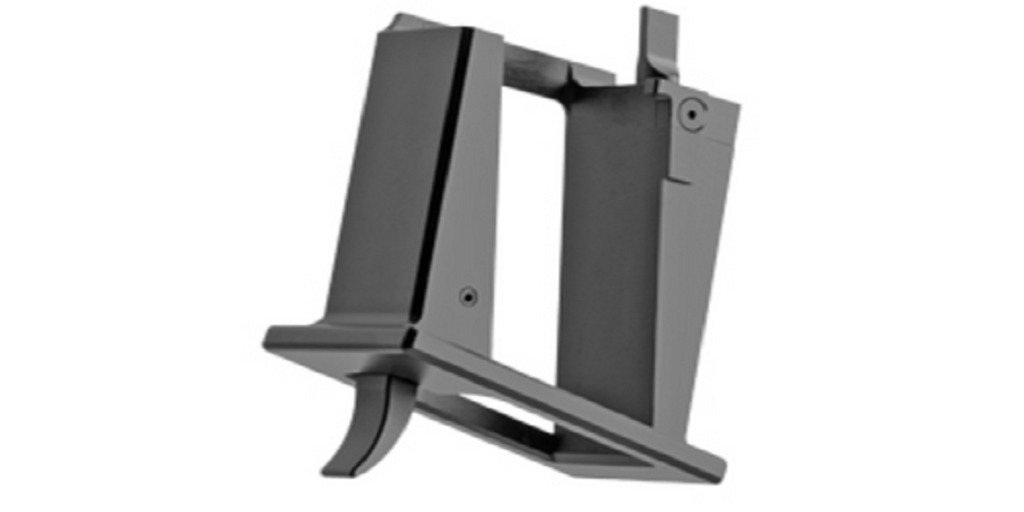
Thinking about making your own Glock 17-style pistol from a lower parts kits for a Glock 17? What can we say, the G17 is a great gun. It’s reliable, ergonomic, and has plenty of capacity.
It accepts a magazine with a standard capacity of 17 rounds but is compatible with extended Glock mags, and at only 8.03” long overall and 1.26” wide, it’s not too large to concealed carry comfortably.
It’s reliable, ergonomic, practical, accurate, and powerful. The list goes on and on.
But it’s not perfect, and if you build one yourself, you might as well make the following two adjustments while you’re tinkering.
A Metal Guide Rod
Factory Glock pistols are made with polymer guide rods – in keeping with the (mostly) polymer aesthetic.
There are some advantages to this, of course. Polymer is lighter than steel and retains good strength. It is also completely-corrosion proof and potentially more affordable.
But polymer guide rods are not without their faults. For one, no matter how you split it, they’re neither as tough nor as strong.
Most importantly, they weigh less.
Yes, you read that right. This is one area in which a little more weight is a good thing. You might love the polymer frame of your Glock, but the polymer guide rod has got to go.
Adding those extra few ounces (or grams, depending on how it shakes down) towards the muzzle can have a pronounced impact on how the gun points and handles muzzle flip.
Weighing down the muzzle slightly can make it more stable in the hand, making it feel less flippant when shooting. The added weight also physically pulls the front end of the pistol down slightly, helping to fight the effects of muzzle jump.
So when you’re building a Glock-style pistol – seriously, consider swapping the polymer guide rod for a steel or alloy one.
A Compensator
On the same note of muzzle flip – consider installing a Glock compensator on your Glock-style pistol. There are many compensators on the market compatible with Glock pistols.
Compensators work by porting gases up and away from the top of the muzzle. For every action, there is an equal and opposite reaction, and this action pushes the muzzle down.
On a handgun, a compensator does what a muzzle brake does on a rifle. It changes the manner in which gases are ported at the muzzle, fighting back against felt recoil and muzzle flip.
Installing a compensator on your handgun can reduce felt recoil and muzzle flip by as much as 50% without reducing shot power, keeping your sights trained on target for faster, more accurate follow-up shots.
Looking for a Lower Parts Kit for a Glock 17?
Looking to start with a high-quality lower parts kit for a Glock 17 so you can build a personalized masterpiece?
Start your search at MCS Gearup (MCSGearup.com). They carry a wide range of high-quality gun parts, kits, and build kits, including lower parts kits. They also carry a large assortment of shooting accessories, including CAA Micro Conversion Kits that you can pair with Glocks and Glock-style pistols.
Check them out via the link above and get in touch with them at [email protected] if you have any questions.


